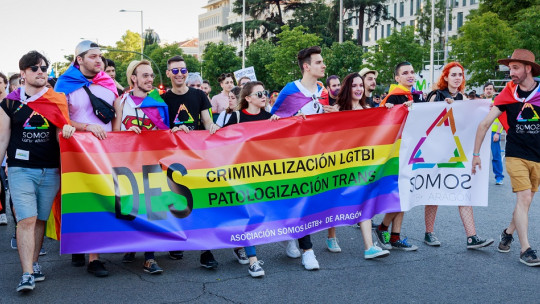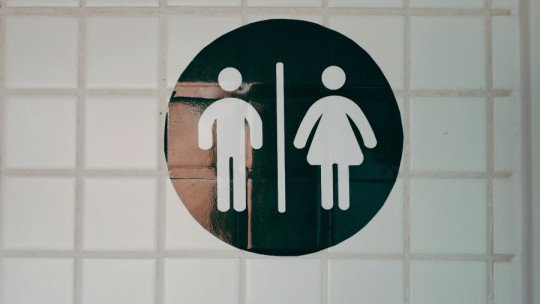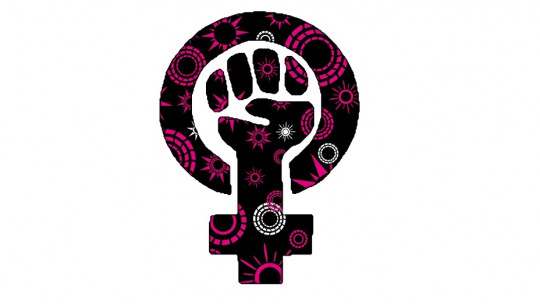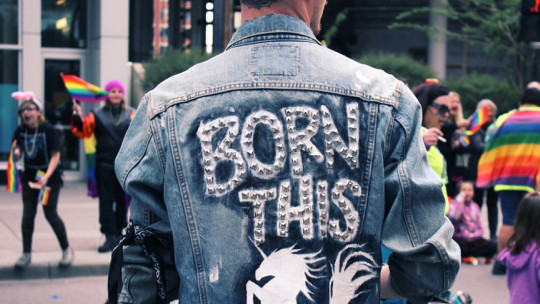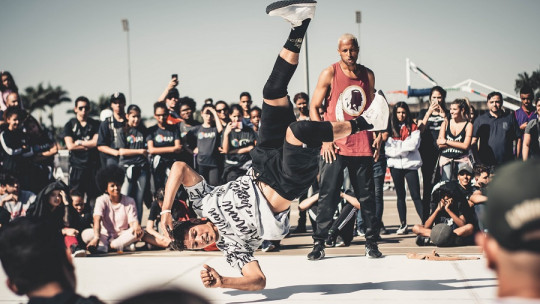
It is known that adolescence is a time of great changes but also of searching, among other things, for one’s own identity.
Let’s take a tour of the concept of youth identities to know what exactly it entails and why it is so important for the correct development of adolescents at various levels, such as psychological but also social.
What are youth identities?
Youth identities refer to the search of each adolescent for what he really is, both for himself and as a member of a society But it is not only a process of search, but also of choice. We must not forget that the human being is a social animal and therefore it is essential for his development, which occurs when he begins his transition to adult life, to find his place in the tribe.
These youth identities can acquire a high degree of complexity and are not necessarily static. What does this mean? That an adolescent at a given moment can find an identity with which he identifies and feels comfortable, but after a period of time, which can be brief or longer, he could decide that that identity no longer fully represents him and he can embark again. in search of another that satisfies him.
It is advisable to make a point between two aspects of youth identities, since On the one hand they can refer to personal identity and on the other hand to group identity The first of them is what the person needs to be able to know and express who they are, for themselves. It is the image that he has of himself and the one that he projects to others, the one by which others know him and who and what he is like. It’s about what makes you unique and special.
Group or social identity, on the contrary, although it also projects characteristics of the person themselves, does so in relation to their group of belonging, classifying themselves in a specific group that is characterized by a series of traits, whether physical, behavioral , clothing or any other type. Sometimes the social identity is chosen by the person themselves, but sometimes it is others who attribute that label to them even if the individual has not chosen it personally.
Within youth identities, what we saw as personal identity or self-identity, has great importance for the adolescent’s subsequent self-esteem, since it correlates directly. That is, if a person has a positive personal identity, it is most likely that this will generate high self-esteem. On the contrary, young people with a negative self-identity will tend to suffer from low self-esteem.
Why they are important and how they affect young people
We have already seen that With the arrival of adolescence, the process of choosing between different youth identities begins But why is this process so important? The search and choice of identity is of vital importance in the adolescent. We already anticipated, for example, the relationship that identity has with one’s own self-esteem, which is already a sign of the scope of this issue, but it does not stop there.
The same path of exploration already has great value in itself, because in the search for that of the youth identities in which the adolescent believes he can fit best, he will be able to review a whole variety of values and beliefs to know if he correspond with their own being or not. That is, he will be able to know himself, You will be able to assign yourself a self-concept and you will be able to know what your role is in the society in which you live
Of course, this process is not always so quick and easy. On many occasions it is slow, bumpy and generates identity crises in adolescents that they experience as something very dramatic, and no wonder. It is distressing to know that something does not fit within you, that you have not yet found yourself and what is worse, not knowing what to do to turn the situation around.
Examples of youth identities
We have already seen that youth identities can be attributed to both self-identity and social identity. According to the second categorization, we can find countless groups, colloquially known as urban tribes, where many adolescents find the traits that satisfy the image they are looking for and also the support of a belonging group made up of equals with whom they can share their thoughts and feelings. Actions.
The urban tribes that serve as examples for the search for youth identities are many Let’s review some of the most frequent ones.
1. Gamers
Although video games are not something new, what is certain is that in recent years they have become popular like never before, especially enhanced by the possibilities of online gaming and thanks to the influence of famous YouTubers, who many children and adolescents want to emulate from their homes. computers. Therefore, That of gamers is one of the most important youth identities of our days
Anyone who has teenage or pre-teen children will be familiar with titles like Fortnite, League of Legends (popularly known as LoL) or Minecraft, either because they play them, because they watch games from their favorite streamers through platforms like YouTube or Twitch, or both. . The truth is that The world of video games has changed forever and that has enhanced one of the youth identities that already existed attracting many more young people than in past generations.
2. Rag pickers
The term may be misleading for those who are already of a certain age, but the truth is that traperos are lovers of trap music, a modern genre that brings together hordes of followers among the youngest and therefore represents one of the more booming youth identities. It’s not just about the music. As is often the case, this urban tribe has its own dress code and even a way of speaking and to behave.
Leaving aside the distance, they could be compared to rappers, another urban tribe especially popular in the 2000s, which also revolved around a specific musical genre and which also implied a certain fashion style as well as customs and linguistic expressions that gave them an own identity.
3. Otaku
Another youth identity that has experienced enormous expansion in recent years is that of otaku. It’s about that whole group of young people in love with Japanese culture. These people regularly consume a multitude of entertainment products from Asia, mainly from Japan For example, they usually read manga, watch anime series or play video games from Japanese studios (the famous RPG saga, Final Fantasy, is a good example of this).
They even tend to listen to music from Japanese pop groups, a genre known as J-Pop, or K-Pop, if they come from South Korea instead. Even in the culinary field they prefer Japanese food, so it is not unusual for them to enjoy eating sushi, ramen or gyozas. Of course, otaku is one of the youth identities that most influences all aspects of the lives of its members.
4. “Addicts” to social networks
Without a doubt, one of the tools that teenagers use the most are social networks. The intensive use of these defines in itself another of the youth identities, which would be the “addicts” to these platforms. Nowadays, Instagram and especially TikTok, among the youngest, are essential apps with which they constantly check the updates of their friends or their idols and also share their own.
Obsessed with the digital world, young people believe that not being on social networks means giving up the possibility of interacting with your peers, which is why for them it is almost (and sometimes actually is) an addiction. Networks are very useful as a form of communication and it is true that they can be enriching in the search for group identities, but, like everything, they must be used with moderation and responsibility.
Of course, this is where the supervision of the adults in charge comes into play and the education in this regard that is provided to adolescent children so that they do not make abusive or dangerous use of social networks, but it does help them to find among the identities youth the one that best suits them.


